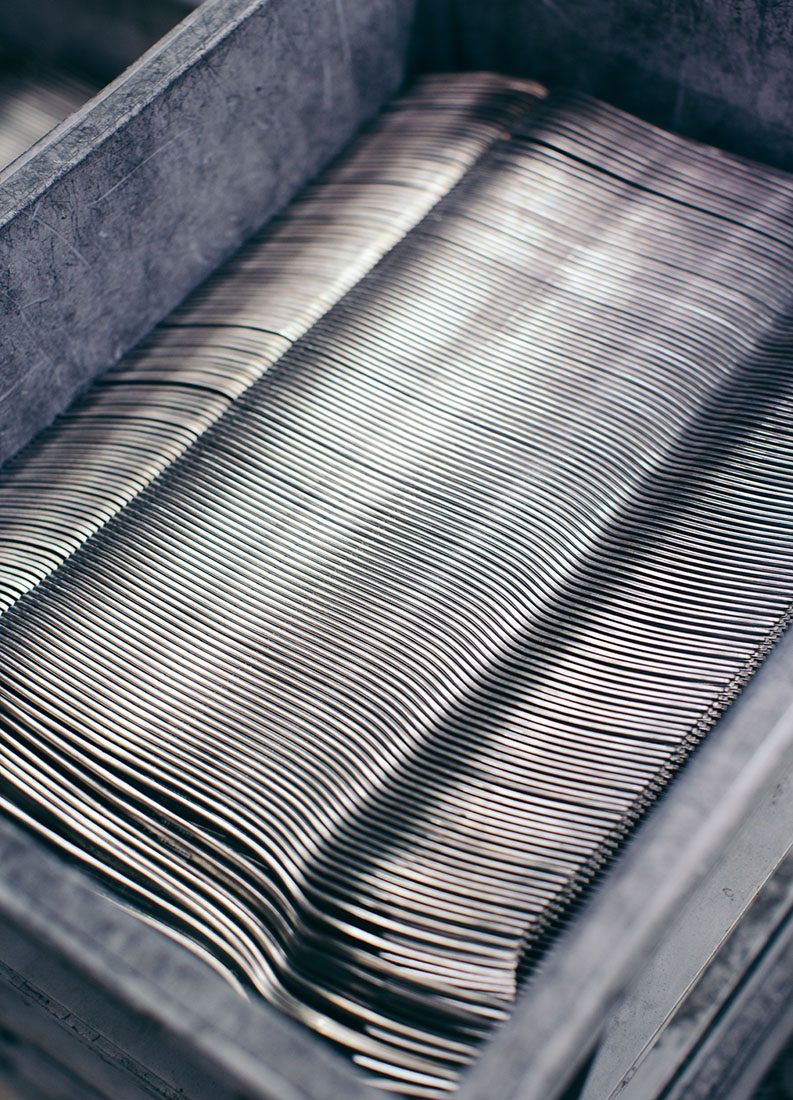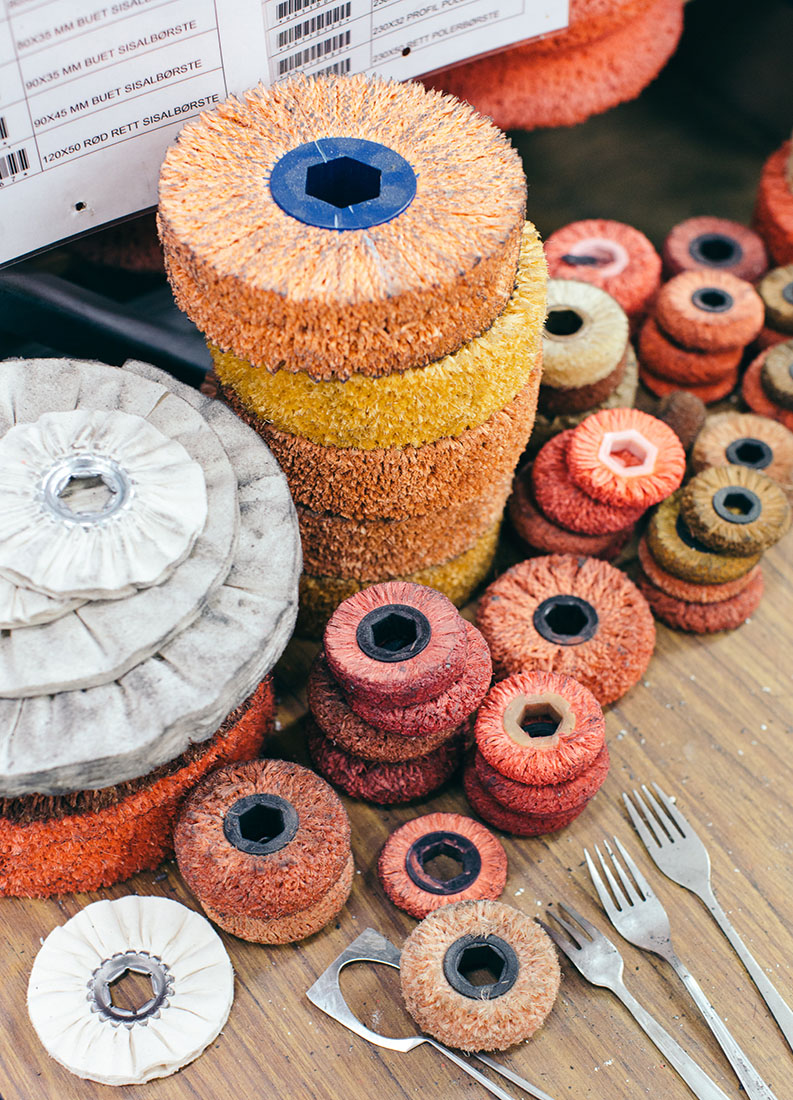Item added to cart
Your cart is currently empty.
Return to shop
Hardanger Bestikk is durable, easy to maintain and of high quality with lifetime warranty. The products are made of 18/10 steel – 18% chromium and 10% nickel. Chromium makes the steel more durable in terms of hardness. Nickel increases the life of the cutlery by making the steel more resistant to acid and water. The advantage of steel cutlery is that it is dishwasher safe, in addition you do not have to polish it, such as silver. This makes it easy to use the cutlery for both everyday and parties, as you do not have to worry about hand washing and polishing.
Make sure that the cutlery is completely dry before putting it away, this helps avoid stains.


When storing the cutlery in a drawer and during use, use marks may occur over time. To keep the cutlery in good condition longer, we recommend storing it in a cutlery bag. Remember to rinse the cutlery well before putting it in the dishwasher. Also make sure that it is completely dry before putting it away, so you avoid stains on the cutlery. Note that water quality and dishwashing detergents/liquids may have different effects on the cutlery. If you see hints of rust stains on the cutlery, we recommend the gentle use of scouring cream.
Sometimes, a chemical reaction can occur in the dishwasher between the steel, the detergent in the water, and other materials placed in the dishwasher. This can cause a brown coating that may resemble rust on the cutlery, but it is not rust. This can be easily treated with a cleaning cream or polishing agent, where you gently polish the cutlery with a material that won’t damage it, such as a sponge or cloth.
Such a coating most often appears on the knife blade, as the alloy of the blade and the handle is different. The knife blade is made of 13/0 and the handle of 18/10 steel. The reason for the different alloy on the blade and the handle is to make the knife hard enough to cut with. If the knife blade were made of 18/0-18/10 steel, the knife would be too soft to cut with. If the coating does not disappear, it indicates a flaw in the cutlery’s alloy.